Why a Template Is Your Marketing Secret Weapon
Let’s be real for a second. Marketing without a plan is like throwing spaghetti at the wall and hoping something sticks. You're busy, you're creating content, you're running ads, but are you getting results? Without a central document tying it all back to your business objectives, you're probably burning through your budget with little to show for it.
A good template forces you to move from just doing things to thinking strategically.
Imagine a small e-commerce shop spending the same amount on Instagram, Facebook, and Google Ads. The results are inconsistent, and they have no idea why. By plugging their data into a template, they're prompted to dig into their audience and channel performance. They quickly realize their ideal customers are almost all converting from Instagram. Boom. They shift their budget, and suddenly they're seeing a 3x higher return on ad spend. That's the clarity a structured plan provides.
Align Your Team and Secure Buy-In
A solid plan is more than just a guide for the marketing team; it gets everyone on the same page. When sales, product, and marketing all understand the same goals, speak the same language about the customer, and use consistent messaging, everything just clicks. No more disjointed efforts or internal confusion.
A documented strategy makes you three times more likely to report success in your marketing efforts. It shifts the conversation from "marketing is a cost" to "marketing is a predictable growth engine," which makes getting that budget approved much easier.
This isn't just theory. The data shows that over 75% of successful digital marketers lean on structured plans or templates. Companies that start using them often see a 30-40% improvement in campaign coordination and a 20% jump in measurable ROI within the first year alone.
Transform Tactics into a Cohesive Engine
At the end of the day, a template helps you connect the dots. It ensures that every blog post, every ad, and every email has a clear purpose that ladders up to your bigger vision. It’s about building a well-oiled machine, not just a collection of random parts.
To see how this works in a specific area, you might find something like a winning content marketing plan template incredibly helpful. It demonstrates how to build a cohesive system where every single piece works together to achieve a specific, tangible outcome.
The Core Components of a High-Impact Marketing Plan
Think of a solid digital marketing plan template as more than just a document to fill out. It’s a strategic roadmap. It's the tool that forces you to move from fuzzy ideas like "we need more leads" to a concrete, actionable game plan that actually gets you there.
Without these foundational pieces in place, your plan is just a glorified to-do list, lacking the strategic muscle needed to drive real results.
Let’s start with the Executive Summary. This is your plan’s one-page elevator pitch. It’s the very first thing someone reads, but it should be the absolute last thing you write. It’s designed for busy stakeholders, giving them the high-level snapshot—key goals, core tactics, and expected outcomes—without getting bogged down in the details.
Defining Your Business and Marketing Objectives
You can't map out a journey without knowing your destination. That's where your business objectives come in. These are the big-picture goals for the company. Maybe the target is to boost overall revenue by 20% this year or break into a new market.
Your marketing objectives need to flow directly from those business goals. They have to be in perfect alignment. For instance:
Business Objective: Increase customer retention by 15%.
Marketing Objective: Cut down email unsubscribes by 25% and drive more repeat purchases by launching a new loyalty program.
When you connect the dots like this, marketing stops being "busy work" and starts actively contributing to the company's bottom line. The link has to be unmistakable.
This infographic breaks down how these foundational elements flow together, starting right from your objectives.
As you can see, setting those objectives is the essential first step. Everything else you do will build upon that foundation.
To give you a clearer picture, here's a breakdown of what a well-rounded plan includes.
Core Components of Your Digital Marketing Plan
Executive Summary: This section provides a concise overview of the entire plan. It highlights the key takeaways that a busy executive needs to understand quickly.
Business & Marketing Objectives: This part defines what success looks like. It explains the company’s high-level goals and how marketing efforts will specifically contribute to achieving them.
Competitor & Audience Analysis: This section focuses on situational awareness — identifying who the competitors are, who the target audience is, and what that audience cares about most.
SMART Goals & KPIs: Here, the plan outlines measurable objectives. It answers how progress will be tracked and what criteria will define successful completion.
Strategy & Tactics: This component details how the goals will be achieved. It specifies which channels (such as SEO, social media, or email marketing) will be used and what concrete actions will be taken.
Budget & Resources: This section covers the practical aspects of execution, including the overall budget, the team members involved, and the tools or platforms needed to carry out the plan.
Timeline & Action Plan: Finally, this part lays out the schedule — when each step will happen and who will be responsible for each task.
Each of these sections builds on the last, creating a comprehensive and actionable strategy.
Conducting Competitor and Audience Analysis
Next up, you have to get a feel for the playing field. A competitor analysis isn't just about listing your rivals; it's about digging into what they're doing right—and where they're dropping the ball. Look at their social media game, their SEO rankings, and their content. Tools like Ahrefs or Semrush are fantastic for this, letting you peek at their top keywords and backlink sources to understand their digital footprint.
A crucial part of this stage is looking inward with a social media audit to see where you currently stand. If you need assistance, our comprehensive social media audit checklist can guide you through the entire process.
At the same time, you need to get crystal clear on who you're talking to by developing Ideal Customer Personas. These aren't just vague demographics; they are detailed profiles of your perfect customer, built from market research and real data. You have to go deeper.
What are their professional goals and personal pain points?
Where do they hang out online? Which social platforms?
What kind of content do they actually find helpful or entertaining?
A detailed persona is the difference between shouting into a void and having a real conversation. It allows you to craft messaging that connects on a human level because you genuinely understand the person on the other end.
Setting SMART Goals and KPIs
Finally, every objective you've set needs to be translated into something you can actually measure. This is where the SMART framework (Specific, Measurable, Achievable, Relevant, Time-bound) is your best friend. It turns vague wishes into concrete targets.
Vague Goal: "Get more website traffic."
SMART Goal: "Increase organic website traffic by 15% in Q3 by publishing four SEO-optimized blog posts per month and acquiring 20 high-quality backlinks."
The industry itself is leaning heavily into this data-driven approach. With the digital marketing software market projected to soar past $119 billion by 2027, the tools and the mindset are all about measurable planning. In fact, a recent survey showed that 63% of marketing leaders see a clear, templated plan as a top factor for success. It's no longer optional—it's essential.
Building Your Channel and Content Strategy
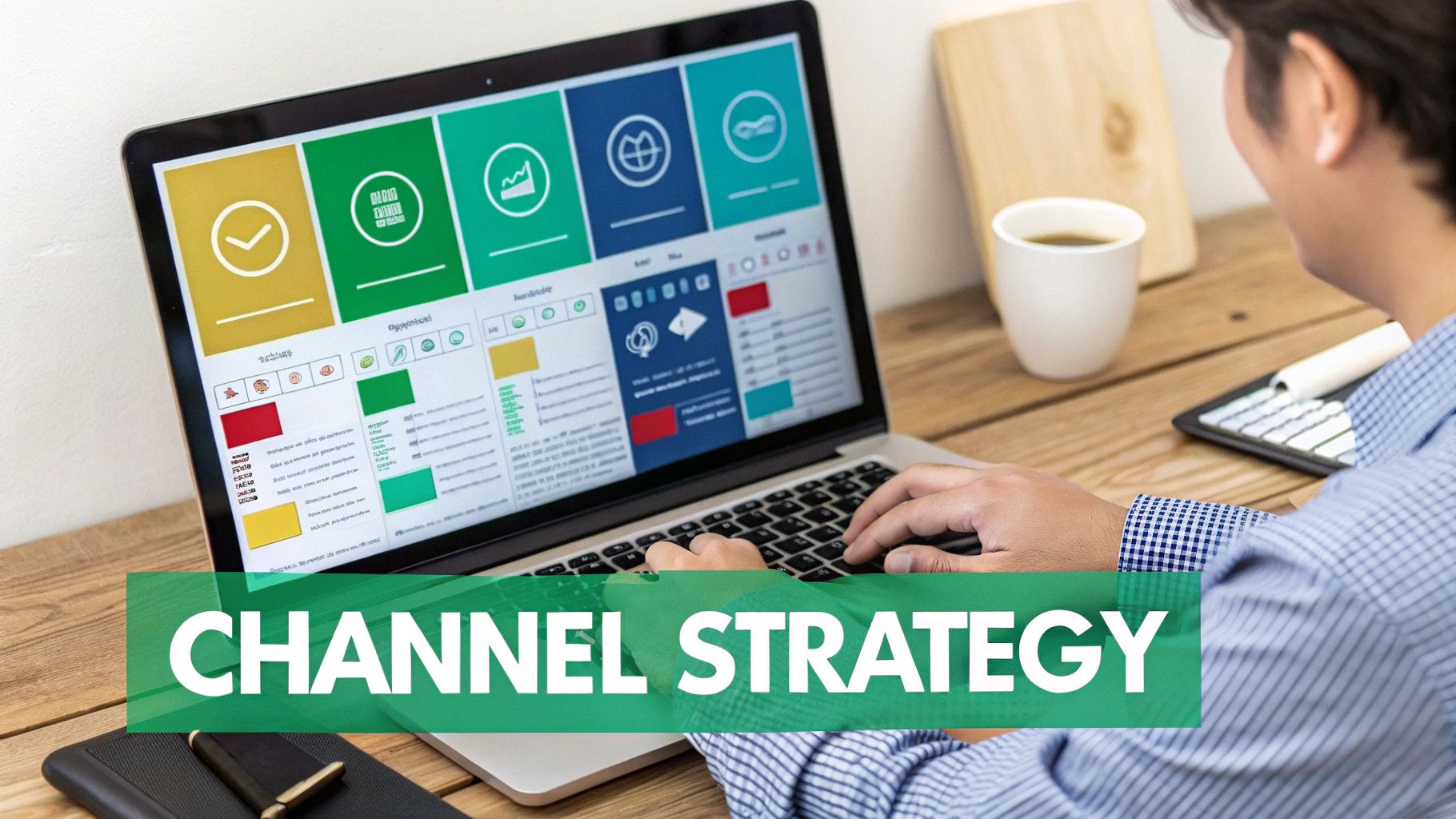
Okay, you've nailed down your goals and you know exactly who you're talking to. Now comes the fun part: figuring out where to find them and what to say. This is where so many marketing plans fall apart. It's tempting to try and be everywhere at once, but that just stretches your budget thin and leads to mediocre results across a dozen platforms.
The real secret is being selective. Your channel strategy should flow directly from your customer personas.
If you’re selling B2B software to project managers, you'll probably live on LinkedIn and get deep into SEO for hyper-specific industry keywords. But if you're a fashion brand trying to catch the eye of Gen Z, your world is going to revolve around Instagram Reels and TikTok.
Don't just chase the latest trend; follow the data. Where do your ideal customers actually hang out online? Where do they look for answers or get inspired to buy? Pinpoint the one or two channels with the biggest potential and commit to mastering them first.
Choosing Your Core Marketing Channels
Focus is your superpower here. Instead of throwing spaghetti at the wall, pick your primary channels based on where they intersect with your audience and your business goals.
Let's look at a few common scenarios:
Search Engine Optimization (SEO): This is your go-to if people are actively searching for what you offer. Think "emergency plumber near me" or "best CRM for small business." SEO is a long-term play, but it consistently brings in traffic from people who are ready to act.
Pay-Per-Click (PPC) Advertising: Need results fast? PPC is your answer. It's perfect for generating immediate traffic and leads, whether you're testing a new product or trying to fill seats for a webinar. Google Ads and social media ads deliver quick, measurable feedback.
Social Media Marketing: This is all about building a brand, creating a community, and connecting with people based on their interests. The key is picking the right* platform. LinkedIn is a goldmine for professional services, visual brands thrive on Instagram, and local businesses can build a real following on Facebook.
Email Marketing: For nurturing leads and encouraging repeat business, nothing beats email. It's your direct line to your most loyal audience and, when done well, delivers an incredible ROI.
The best digital marketing plans don't list every channel under the sun. They zero in on the vital few that will drive 80% of the results. It's always, always about quality over quantity.
Mapping Content to the Customer Journey
Once you know where you'll be, you need a plan for what you'll share. A solid content strategy doesn't just blast out messages; it guides people from the first time they hear about you to the day they become a raving fan.
Think of it as a natural conversation. You wouldn't propose on a first date, right? So don't hit a brand-new visitor with a hard sales pitch.
Here’s how that looks in practice:
1. Awareness Stage: At this point, your customer knows they have a problem but might not know about the solutions. Your job is to be helpful and educational.
Think: Blog posts like "5 Signs Your Team Needs Better Software," simple infographics, and quick, informative social media videos.
2. Consideration Stage: Now they're actively researching their options. Your content needs to position you as the best choice.
Think: In-depth case studies, product comparison guides, and webinars that showcase your expertise.
3. Decision Stage: The customer is ready to pull the trigger. Your content should make that choice feel easy and safe.
Think: Free trials, glowing customer testimonials, and crystal-clear pricing pages.
As you map out your content, remember the power of video. A comprehensive guide on creating video ads can show you how to craft compelling stories that connect with your audience at every stage, from grabbing their initial attention to sealing the deal.
Setting KPIs and Measuring What Matters
A plan packed with brilliant ideas is just a wish list if you can't measure its success. This is where Key Performance Indicators (KPIs) come in, turning your strategic goals into cold, hard numbers.
The whole point is to move beyond feel-good "vanity metrics"—like social media 'likes'—and zero in on the data that actually impacts your bottom line. We need to connect every marketing activity to a real business outcome so you can confidently answer the big question: "Is our marketing actually working?"
From Vanity Metrics to Business Impact
It’s incredibly easy to get distracted by numbers that look good on paper but don’t move the needle. A viral video is great for brand awareness, but did it generate any leads? A huge spike in website traffic is exciting, but did those visitors actually convert into customers?
To build a measurement framework that means something, your digital marketing plan template needs to prioritize metrics that reflect genuine business health.
Customer Acquisition Cost (CAC): This is the bottom line on what you're spending to land a new customer. A low CAC is a clear sign of efficient, profitable marketing.
Conversion Rate: What percentage of visitors take the action you want them to, like making a purchase or signing up for a newsletter? This is a direct measure of how effective your website and messaging truly are.
Customer Lifetime Value (CLV): This number predicts the total revenue you can expect from a single customer over time. A high CLV tells you that you’re not just attracting customers, but keeping the right ones.
The best marketing teams I've worked with don't just track what's easy; they measure what matters. Shifting focus from likes to CLV is how you prove marketing’s direct contribution to revenue.
Using Dashboards to Track Performance
Manually pulling reports from a dozen different platforms is a recipe for disaster. You’ll waste time and lose sight of the big picture. That’s why modern marketing plans rely on real-time dashboards to pull all your crucial KPIs into one visual, easy-to-understand space.
This approach has become a complete game-changer. In fact, 85% of top-performing companies now use real-time dashboards to monitor their KPIs. It’s not just for looks, either. A recent study found that businesses using analytics dashboards improved their website conversion rates by an average of 18% year-over-year. Those stuck with manual reporting? They only saw a 7% improvement.
For social media, a well-structured dashboard is essential for tracking engagement and proving ROI. If you need a hand getting that organized, our guide on creating a social media analytics report template offers a great framework.
By bringing all your data together, you can spot trends, catch underperforming channels early, and make smart, data-driven decisions on the fly—not just during a once-a-month review.
Turning Your Digital Marketing Plan Into Action
A template is just a starting point. It's the skeleton. Now, you need to breathe life into it with your specific business goals, budget realities, and team dynamics. This is where a generic document becomes your roadmap—a living, breathing strategy that actually guides your team day in and day out.
First things first, you need the blueprint.
Ready to jump in? Download your free digital marketing plan template now.
Once you have the template open, resist the urge to just fill in the blanks. The real magic happens when you customize it. A plan that drives sales for a B2B software company will be completely different from one that gets customers into a local bakery. Think about what makes your business unique.
An e-commerce brand might pour 60% of its budget into slick Instagram ads and influencer marketing, while a B2B consulting firm will likely double down on in-depth LinkedIn articles and SEO to build authority.
Tailor the Plan to Your Industry
You can't be everywhere at once, and you shouldn't try. Your industry dictates where your customers hang out and what they respond to. The key is to customize your template to go deep on the channels that actually move the needle for your business.
Selling products online? (E-commerce): Your world is visual. The sections for Instagram, TikTok, and Pinterest marketing in your template should be packed with detail, right down to the specific budget lines for ad campaigns and content shoots.
Selling services to other businesses? (B2B): It's all about building trust and authority. You'll want to expand the sections on SEO, LinkedIn thought leadership, and creating email sequences that nurture leads over time.
Serving a local community? (Local Business): Your focus needs to be laser-sharp. Customize your template to include goals for Google Business Profile optimization, local SEO tactics, and engaging with community groups on social media.
Nail Down Your Budget and Timelines
Next up: money and deadlines. Your budget isn't just a number to hit; it's a statement about your priorities. Allocate your funds based on the channels you've prioritized and what you realistically expect to get back from them—don't just copy what you spent last year.
Be honest with your timeline, too. A goal like "rank on the first page of Google for a competitive keyword" isn't going to happen in 30 days. Break those big, ambitious goals into smaller quarterly milestones and then into actionable monthly tasks. It makes the impossible feel manageable.
Your marketing plan isn't a "set it and forget it" document. Think of it as a living guide that needs constant attention, team alignment, and a regular communication cadence to keep it from collecting dust.
Get Your Team Aligned and Ready to Execute
This is probably the most important piece of the puzzle. A brilliant strategy is worthless if the people meant to execute it are confused or uninspired.
Go through your customized plan and assign clear ownership for every single action item. Who is responsible for writing the SEO blog posts? Who’s in charge of the social media calendar and posting schedule? No more guessing games.
Then, set up a rhythm for communication. Weekly check-ins are perfect for sorting out tactical details and clearing any roadblocks. Monthly reviews should be a bigger-picture look at your performance against your KPIs. This loop of communication is what keeps everyone on the same page and allows the plan to adapt based on what’s actually working.
For the day-to-day grind, something like our social media marketing checklist can be a lifesaver, helping individual team members stay focused on their part of the larger strategy.
Answering Your Top Marketing Plan Questions
Even with the perfect template in hand, you're going to have questions. It's totally normal. These are usually the little things that are easy to miss but can be the difference between a plan that works and one that just gathers dust. Let's tackle a few of the most common questions I hear.
How Often Should I Update My Marketing Plan?
This is a big one. My advice? Don't treat your marketing plan like a sacred text that's locked in a vault. It’s a living, breathing guide for your team. You should be doing a major overhaul annually, lining it up with your company's bigger business goals for the year ahead.
But you can't just set it and forget it for a whole year. You need to be checking in quarterly. This is your time to see how you're tracking against your KPIs and make adjustments. If that new LinkedIn ad campaign is a dud, you can pull the plug and move that money somewhere else without waiting another nine months.
And if something big happens—like a new competitor shows up or a major social platform changes its algorithm—don't wait for your quarterly review. Get the team together and adapt right away.
Strategy vs. Plan: What's the Real Difference?
It’s easy to get these two mixed up, but knowing the difference is critical.
Think of your marketing strategy as the ‘what’ and the ‘why.’ It’s the big-picture vision. For instance, your strategy might be to "Become the go-to brand for sustainable pet products in North America." It’s your North Star.
Your marketing plan—the thing you're building with this template—is the ‘how’ and the ‘when.’ It’s the nitty-gritty roadmap that spells out the exact actions, channels, budgets, and timelines you’ll use to make that strategy a reality. The plan is how you actually execute the vision.
Your strategy is the destination you plug into your GPS. Your plan is the turn-by-turn directions that get you there. You need both, or you’re just driving aimlessly.
Can a Small Business Really Use the Same Template as a Big Company?
One hundred percent, yes. The core of smart marketing is the same no matter how big you are: know your audience, set clear goals, pick the right channels, and measure what matters. A solid digital marketing plan template gives you that essential framework, and it works whether you're a one-person shop or a Fortune 500 company.
The template doesn't change; the scale of what you put into it does.
A small business might use it to zero in on one or two channels with a tight budget, tracking every dollar.
A large corporation uses that same structure to manage dozens of campaigns, coordinate massive teams, and allocate multi-million dollar budgets across different regions.
The whole point of a good template is that it scales with you. Just fill it in with the details that match your resources and your goals.
Ready to grow your Instagram presence the right way? Gainsty uses advanced AI and expert strategies to connect you with real, engaged followers. Start building an authentic community today.
Discover your Instagram growth potential at https://www.gainsty.com.

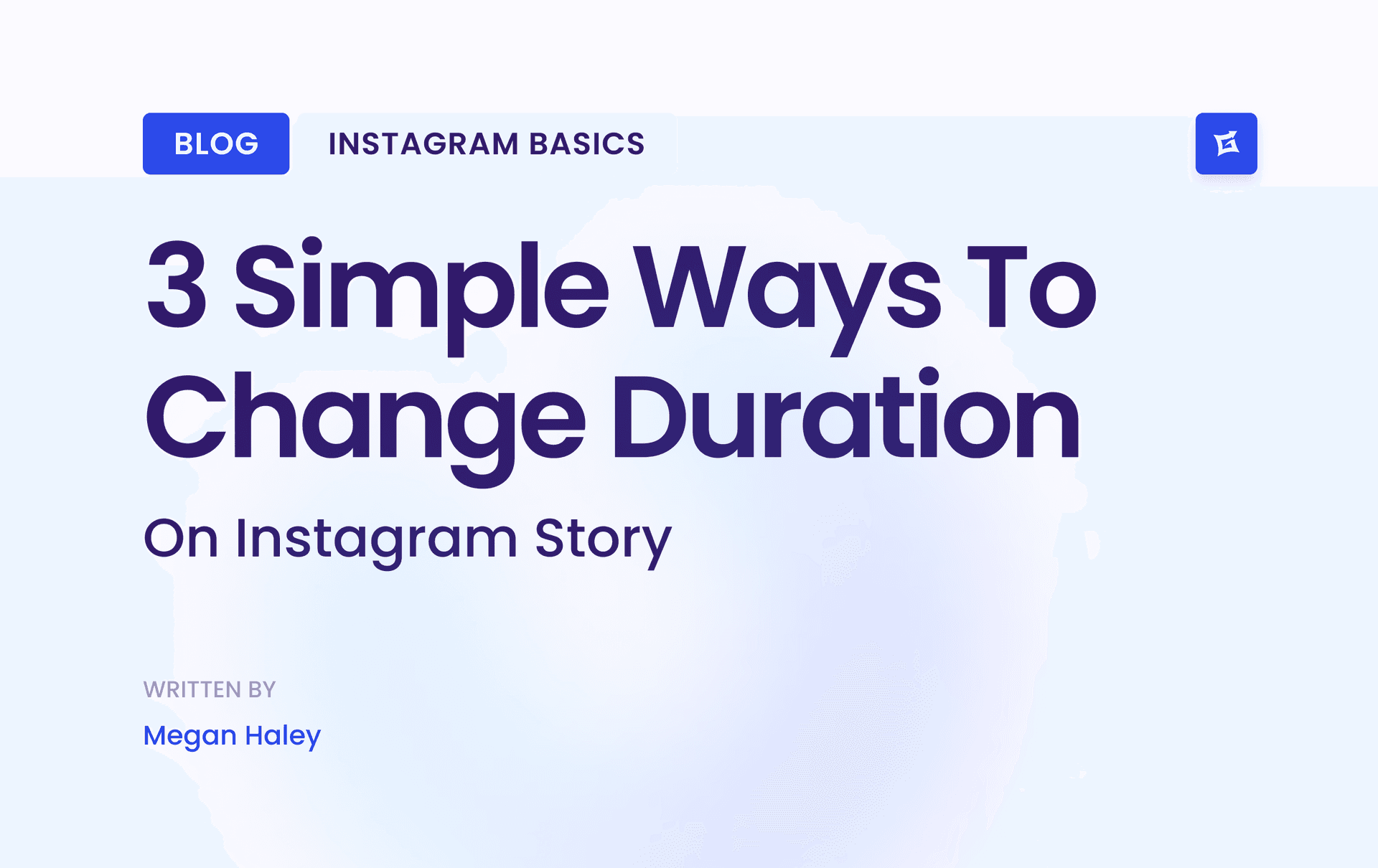
.png&w=1920&q=75&dpl=dpl_9XSWKBjhcBN6v6b1SN7m3p1WWjfr)
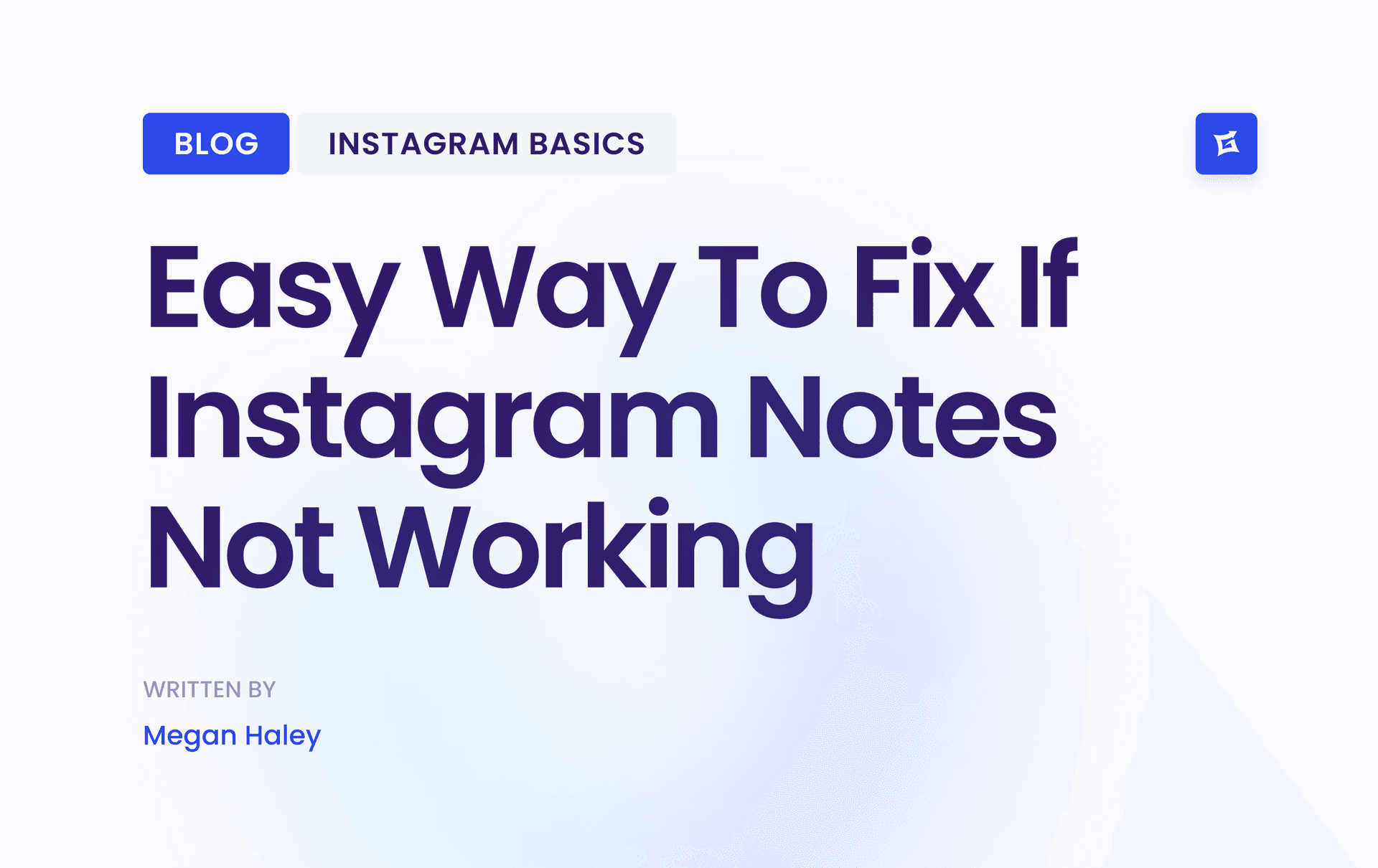
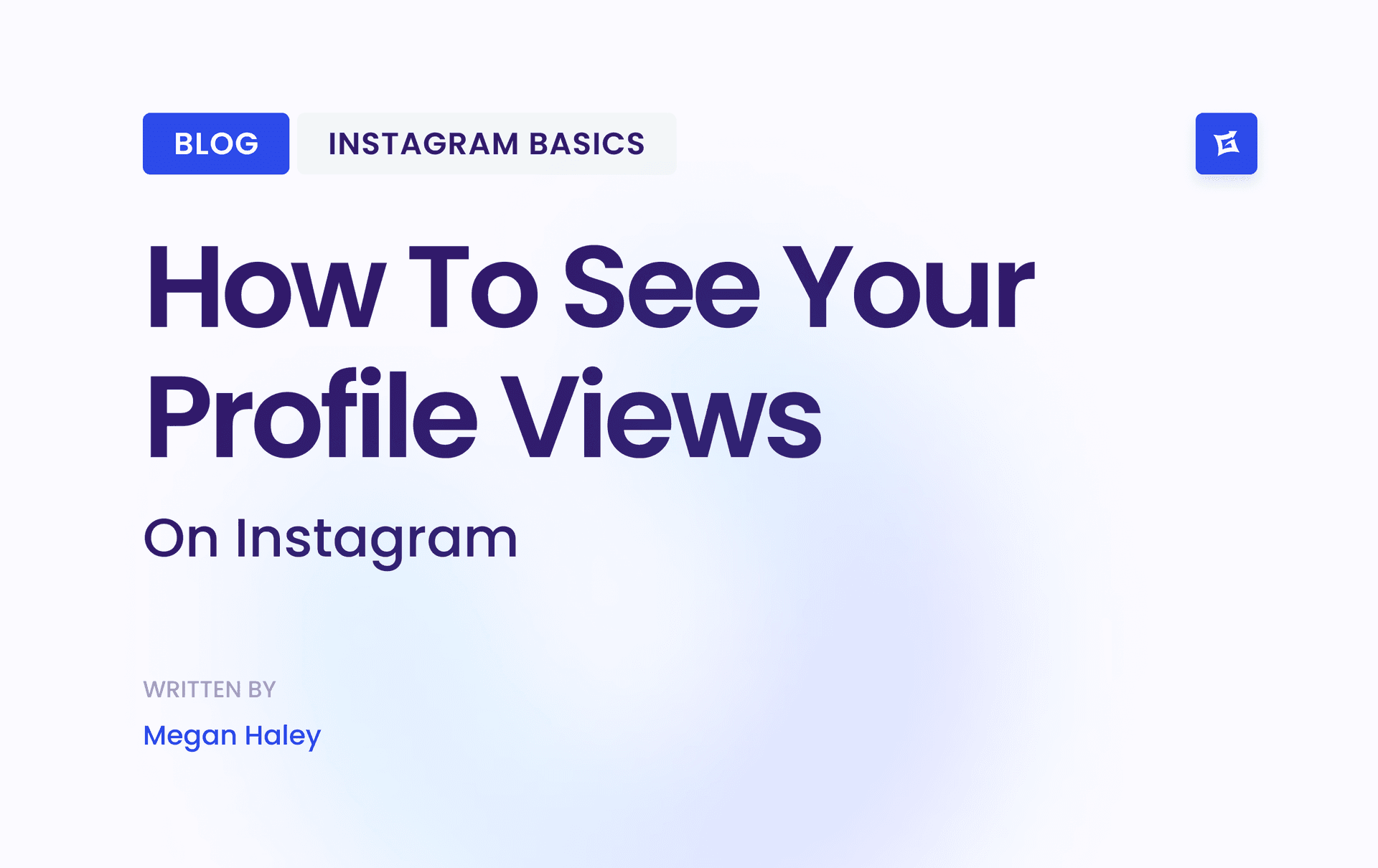
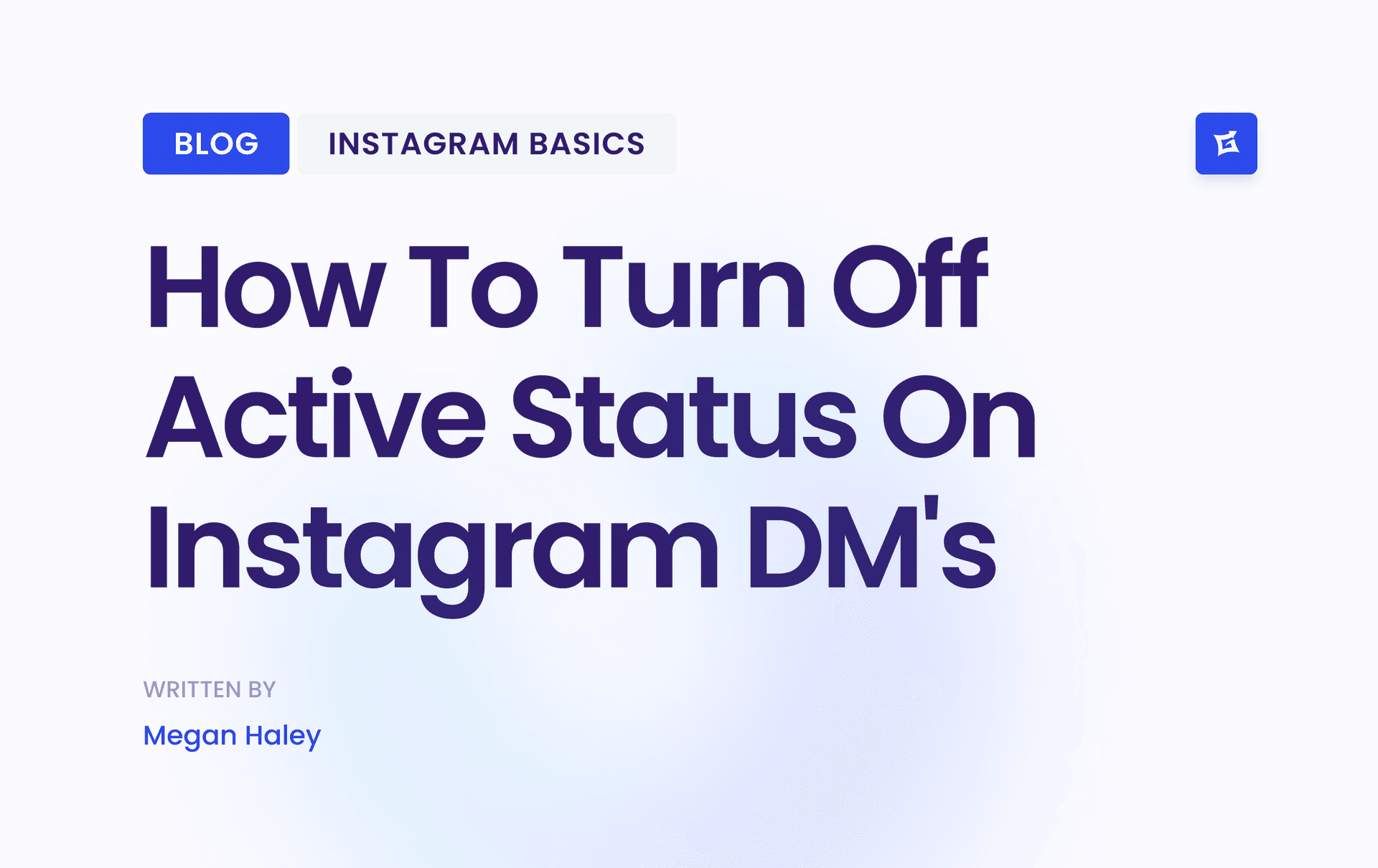



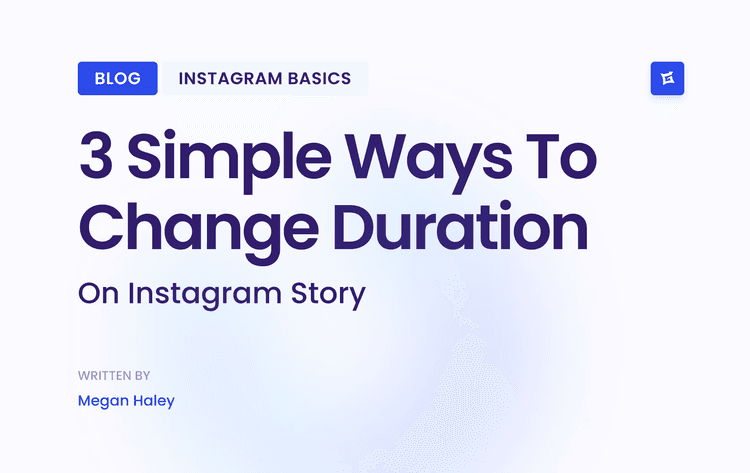
.png&w=750&q=75&dpl=dpl_9XSWKBjhcBN6v6b1SN7m3p1WWjfr)
